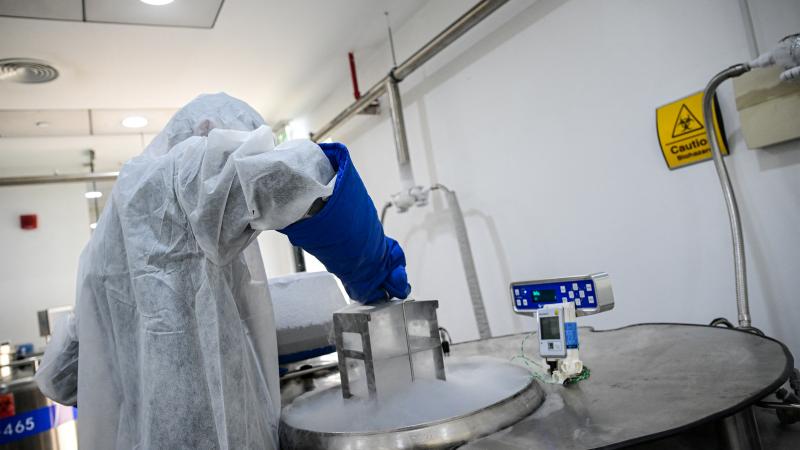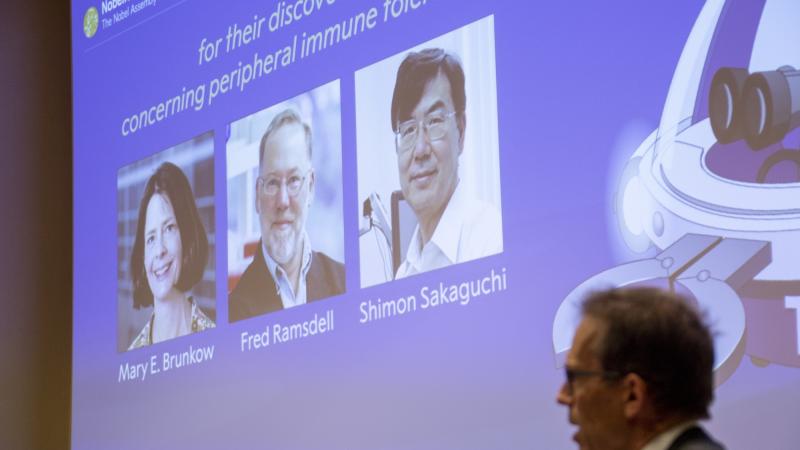Scientists discover world’s largest bacteria in Caribbean swamp
Compared to average bacteria, size of cells “like meeting another human the size of Mount Everest."
Scientist this week revealed the discovery of a massive strain of bacteria discovered in a Caribbean swamp, one with cells so large that it is visible to the naked eye.
The bacterium, dubbed “Candidatus Thiomargarita magnifica,” are “visible to the naked eye,” the researchers said in a report published in the journal Science.
“These cells grow orders of magnitude over theoretical limits for bacterial cell size, display unprecedented polyploidy of more than half a million copies of a very large genome, and undergo a dimorphic life cycle with asymmetric segregation of chromosomes into daughter cells,” the report states.
The bacteria, discovered in the Guadeloupe archipelago of the Caribbean, “challenge traditional concepts of bacterial cells,” the researchers state, due to their immense size.
“It would be like meeting another human the size of Mount Everest,” microbiologist Jean-Marie Volland told the New York Times.
















